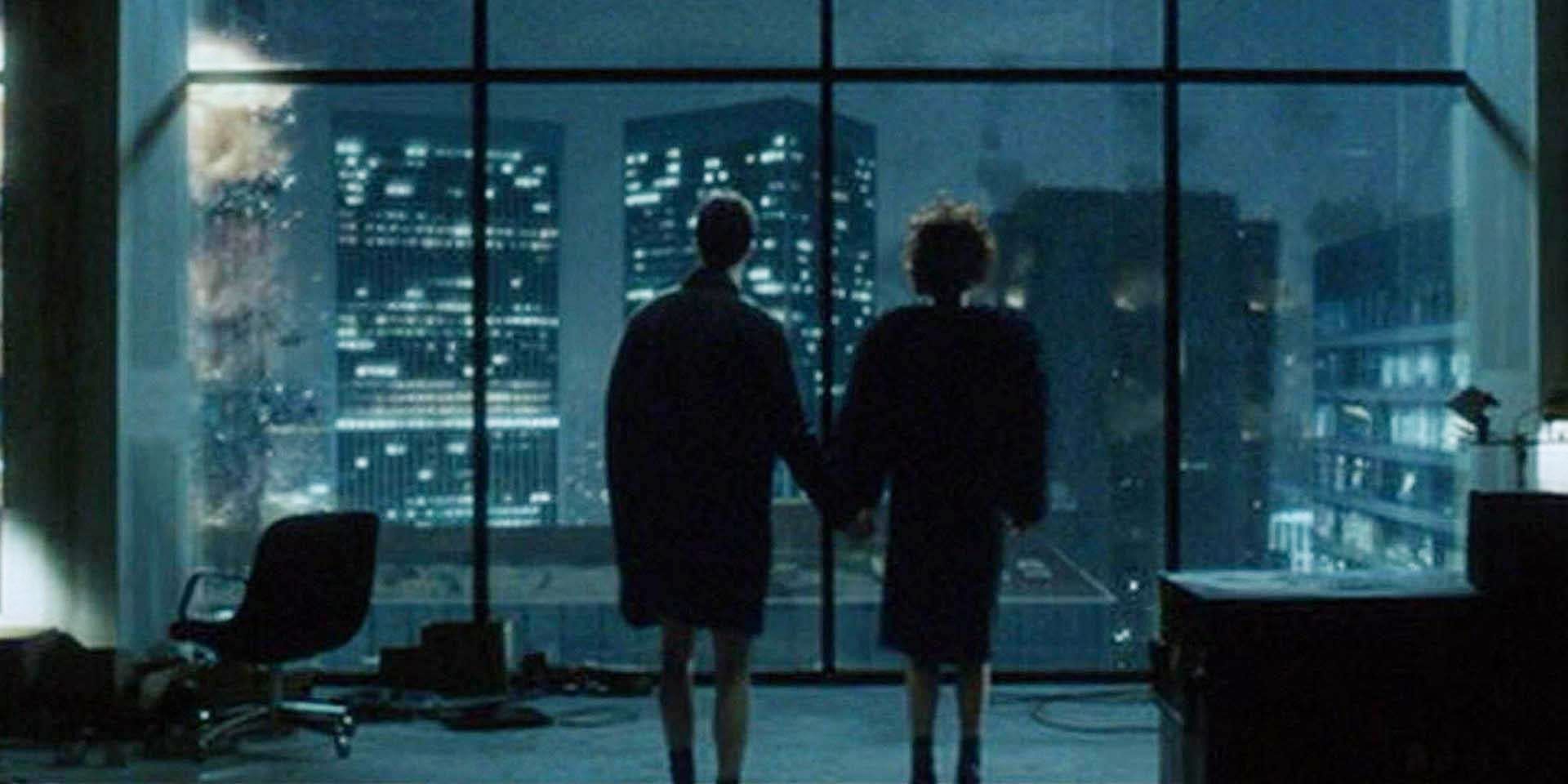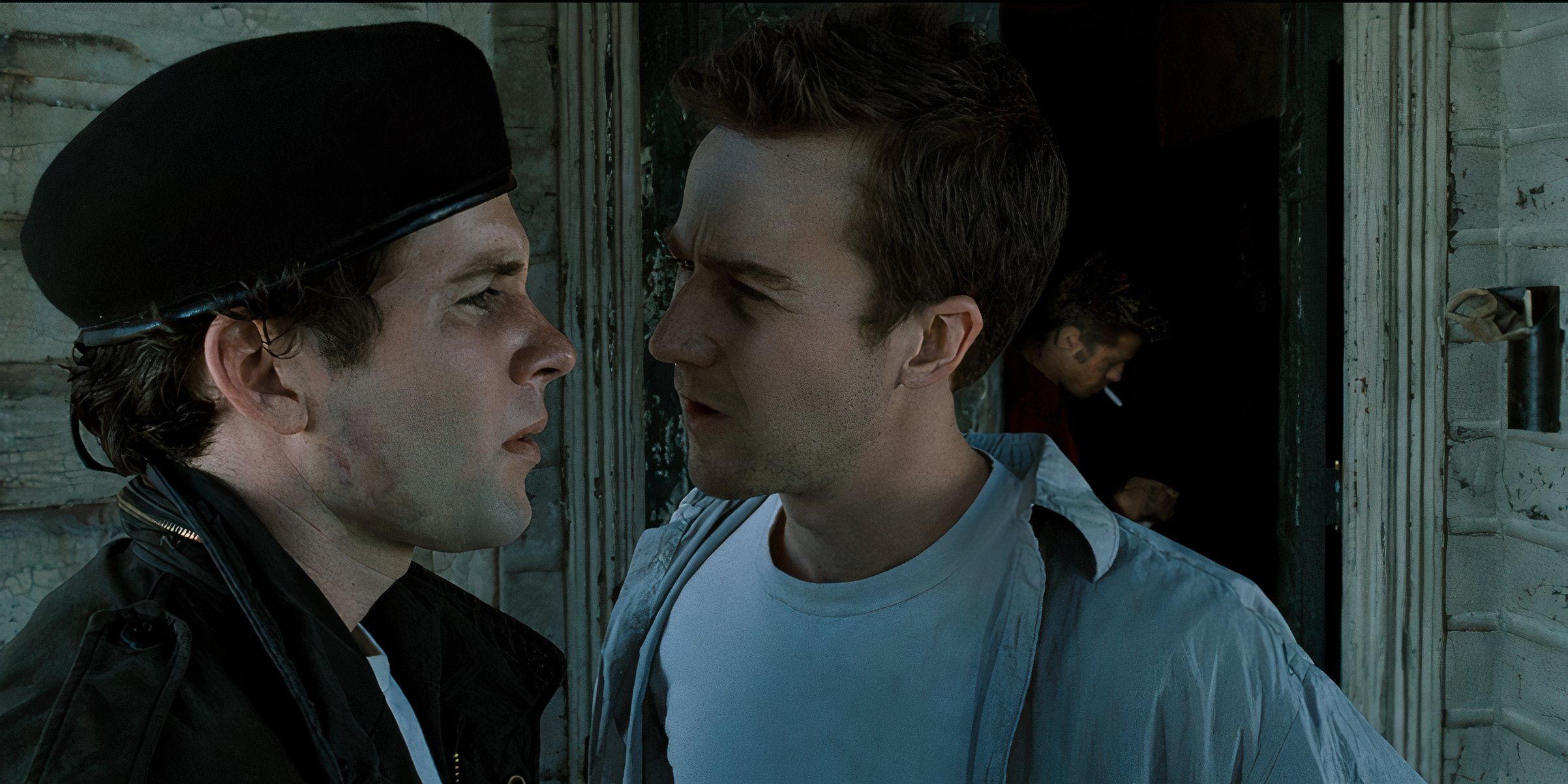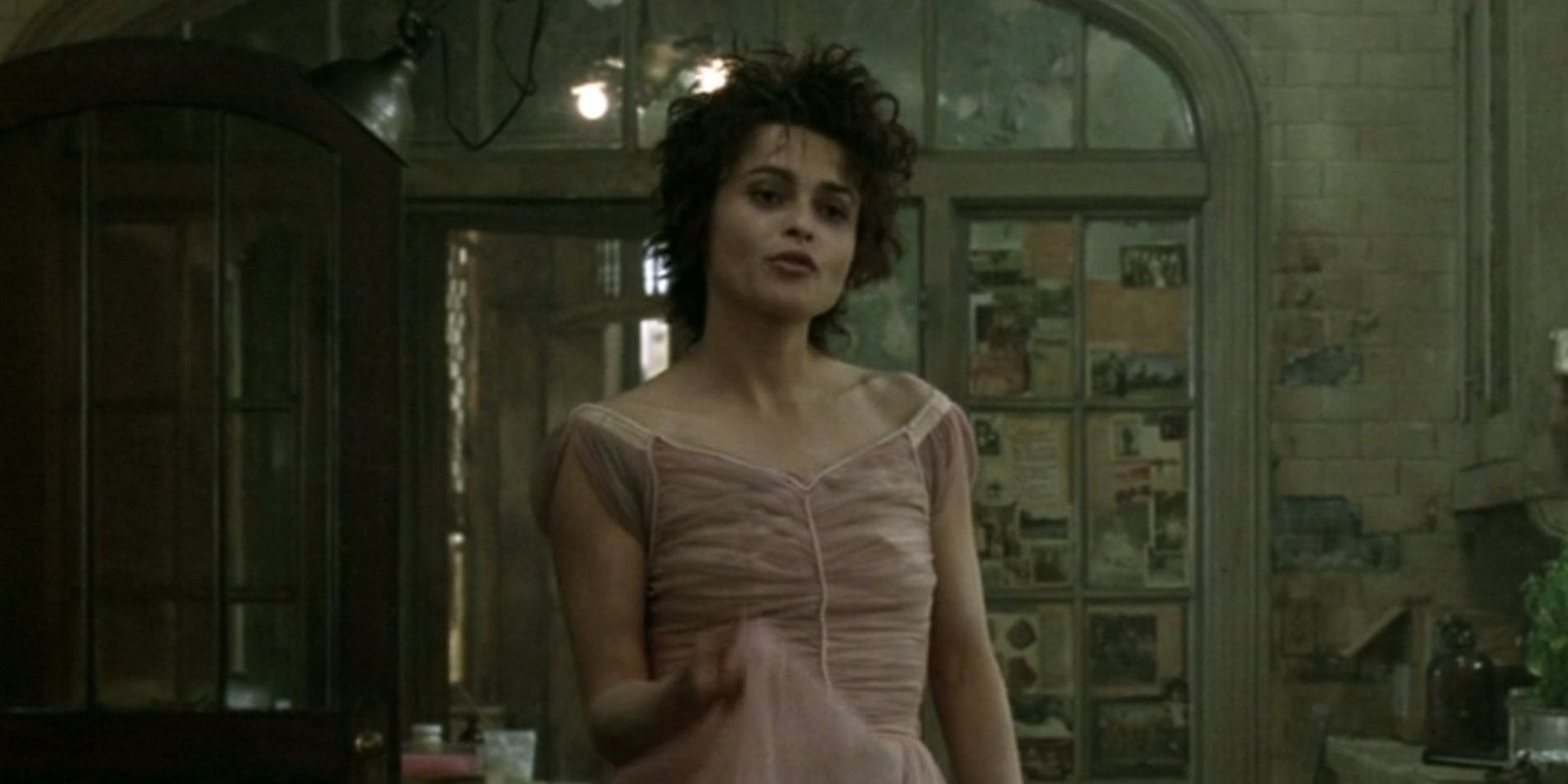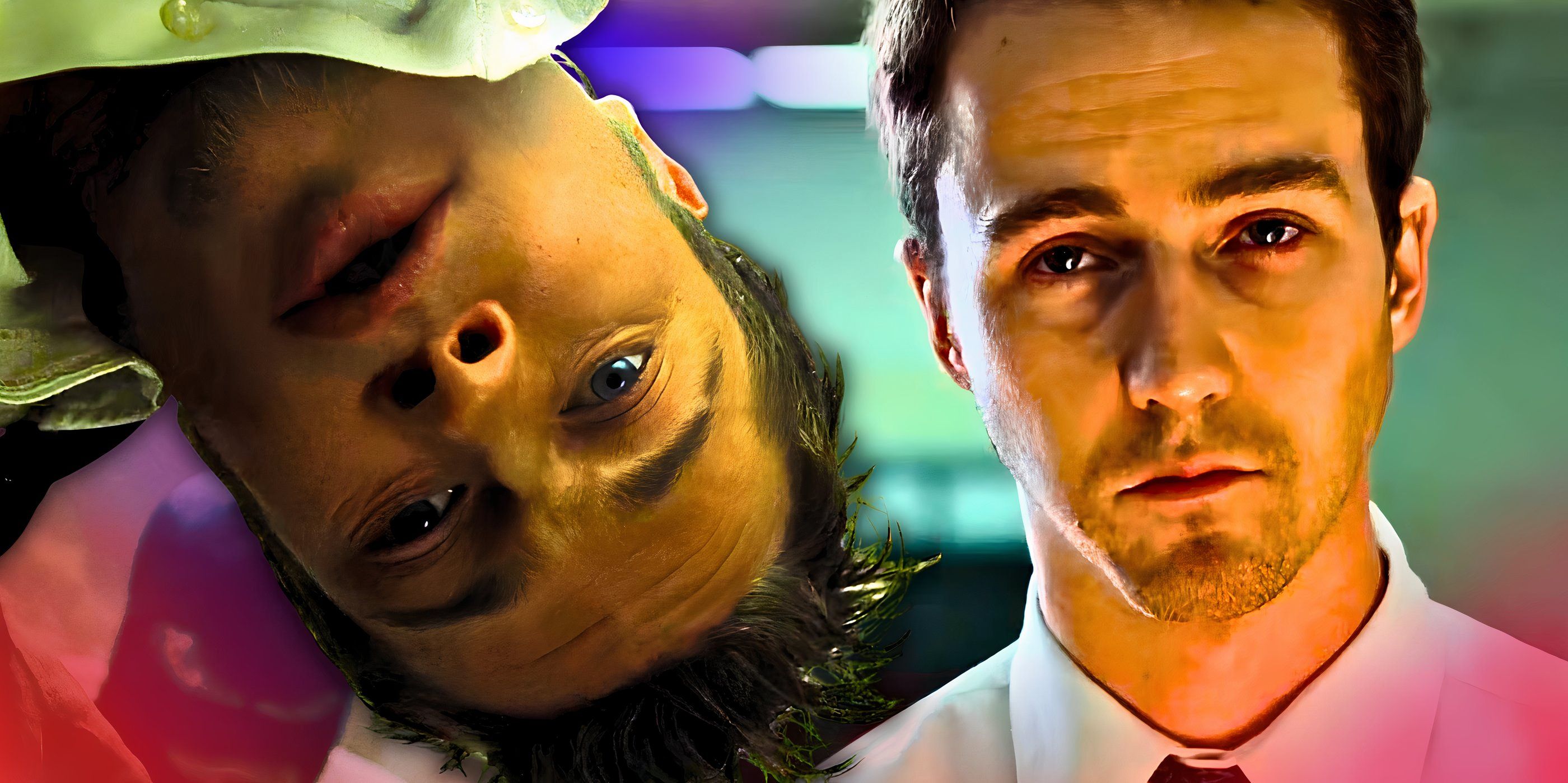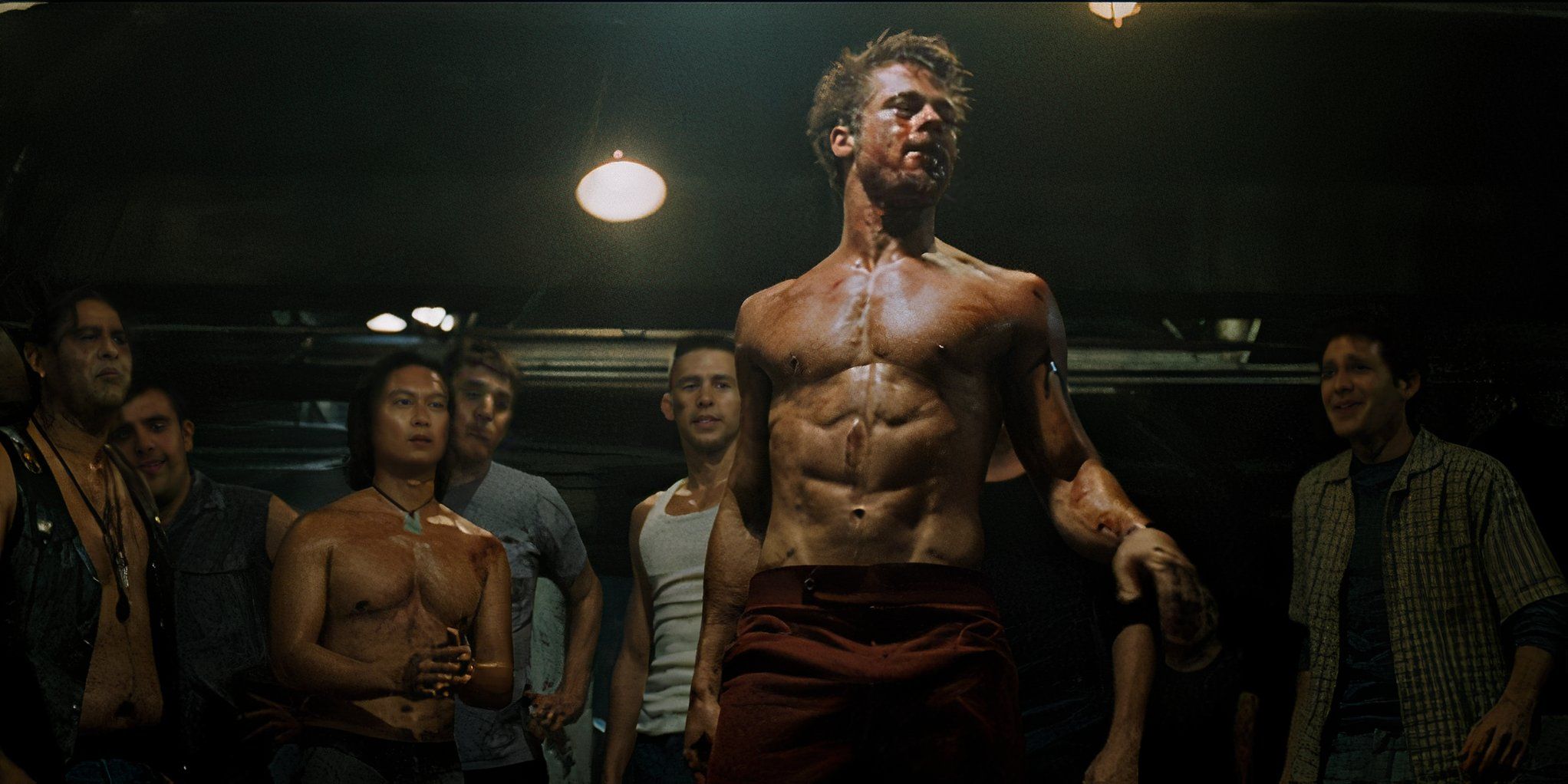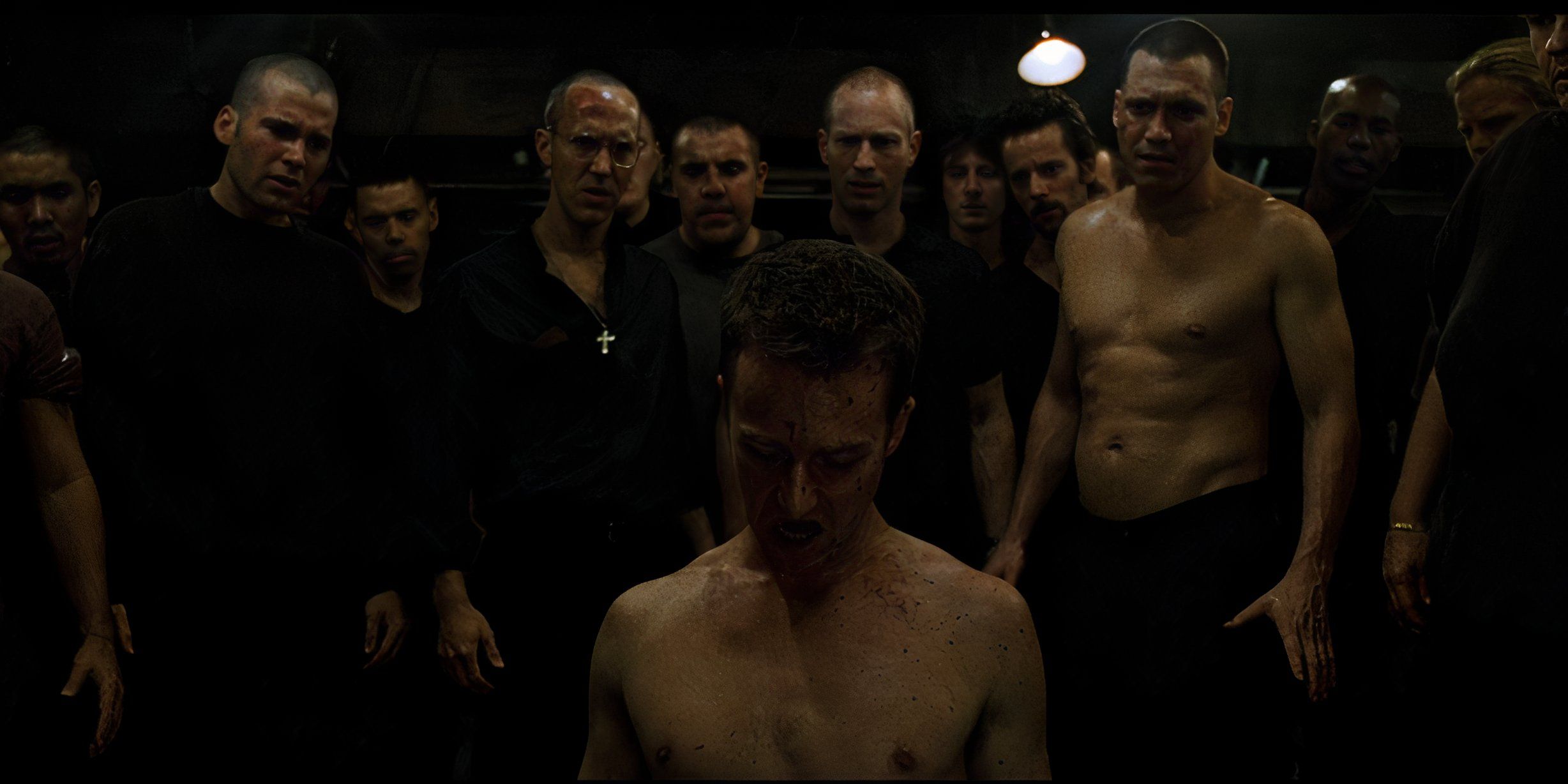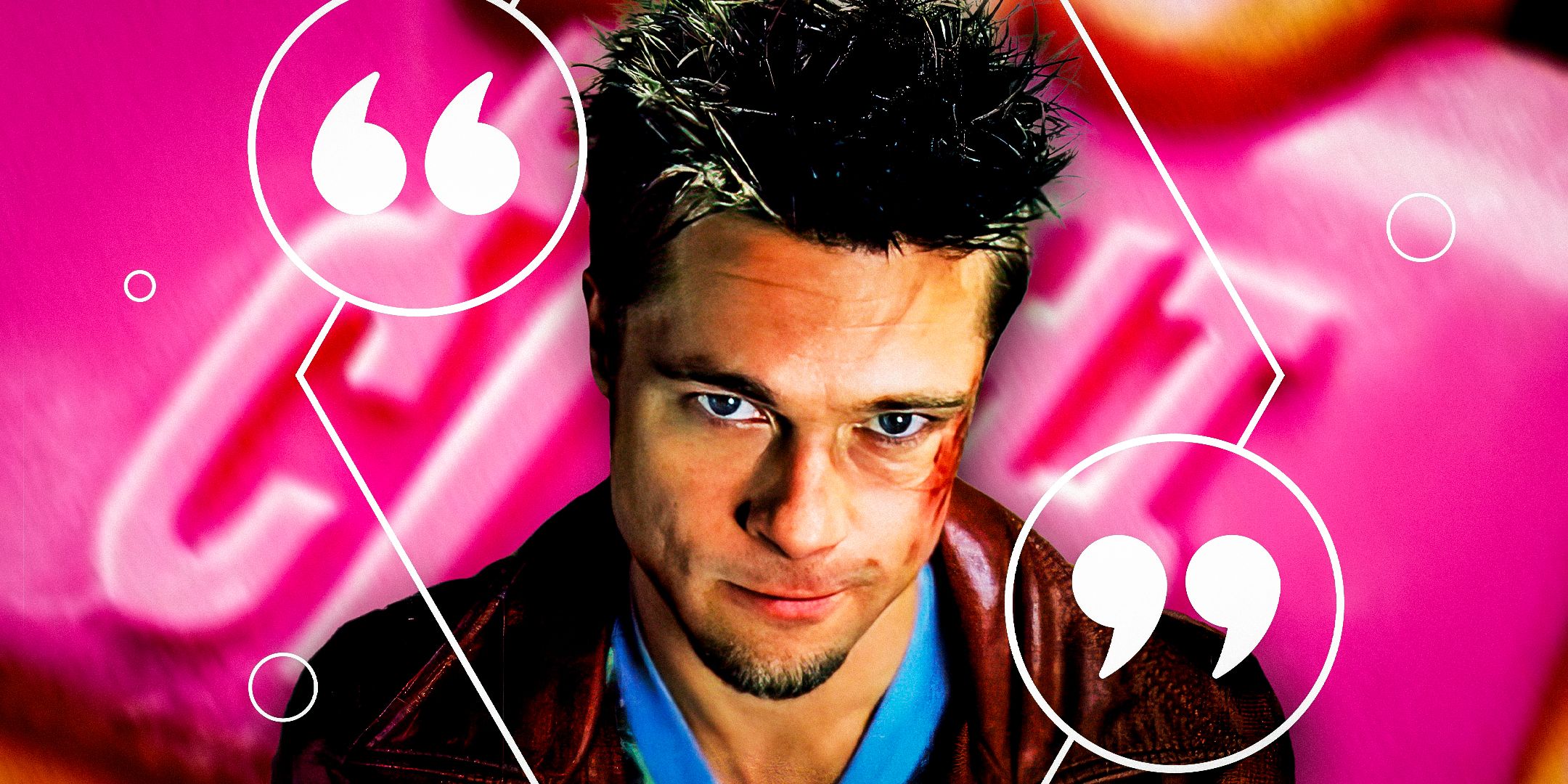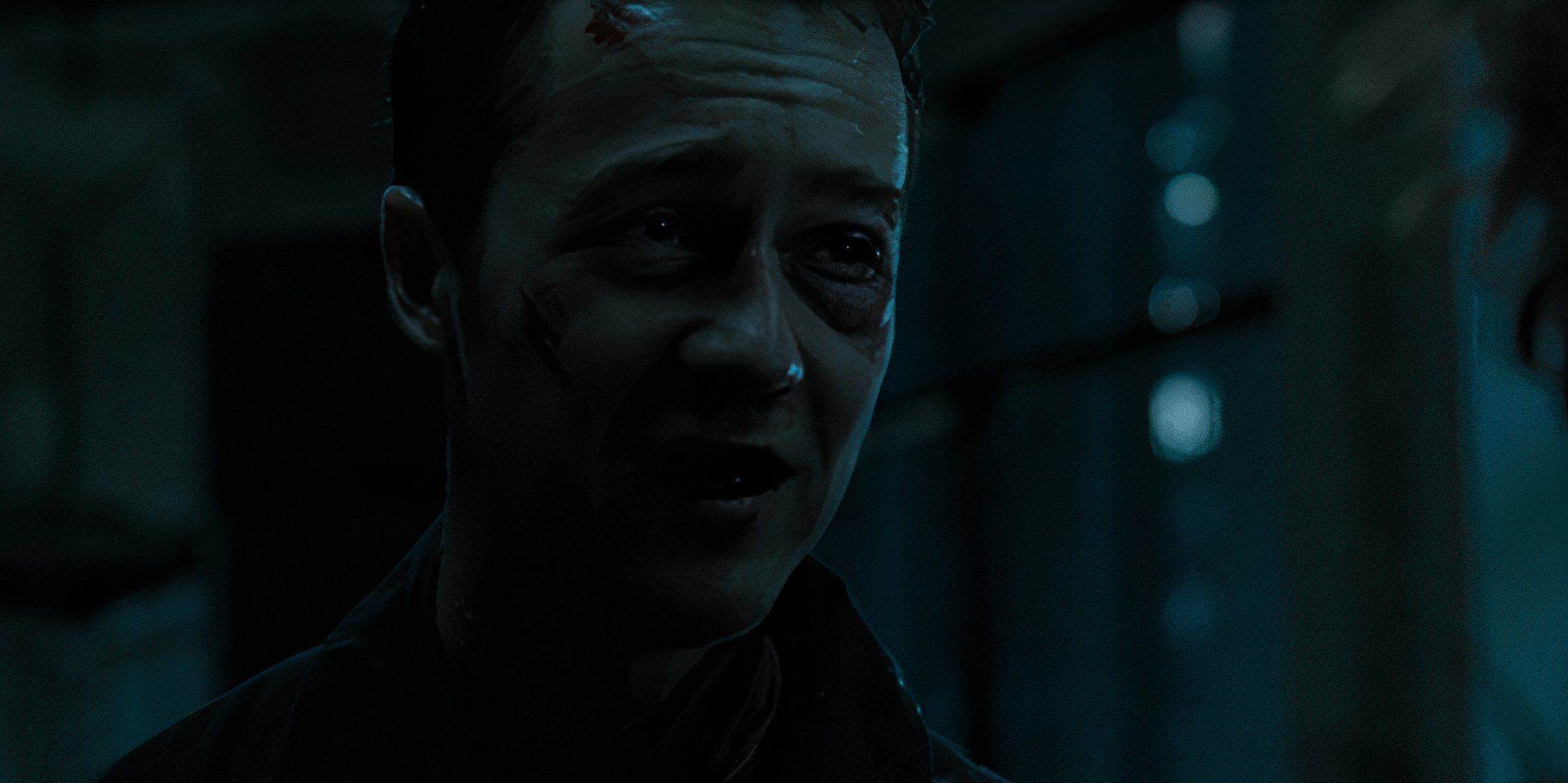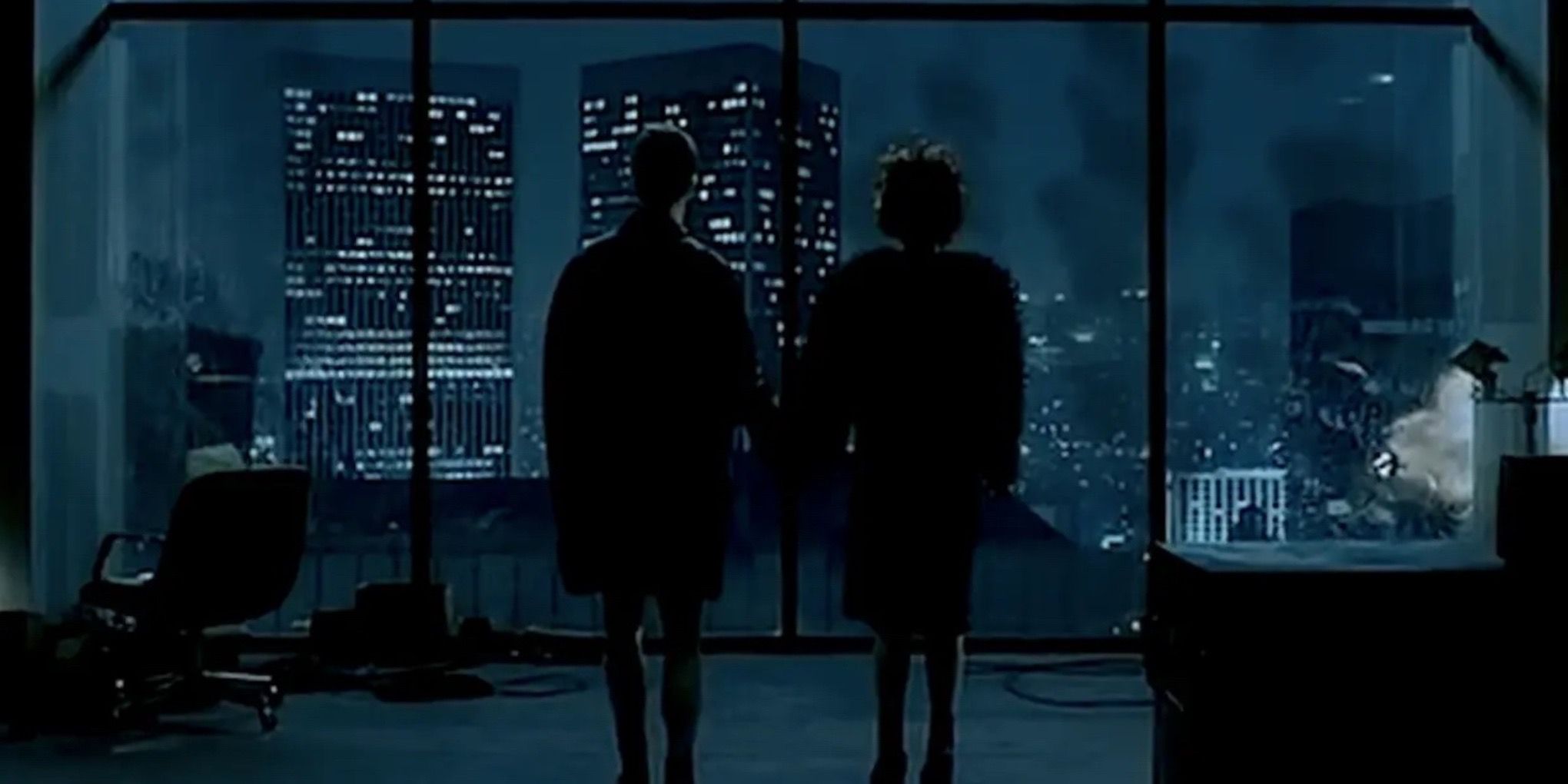From altered character dynamics to completely different endings.
The studios first choice to directFight Clubwas Peter Jackson, now best known for theLord of the RingsandHobbitmovies.
However, at the time, he was too busy working on his filmThe Frighteners.
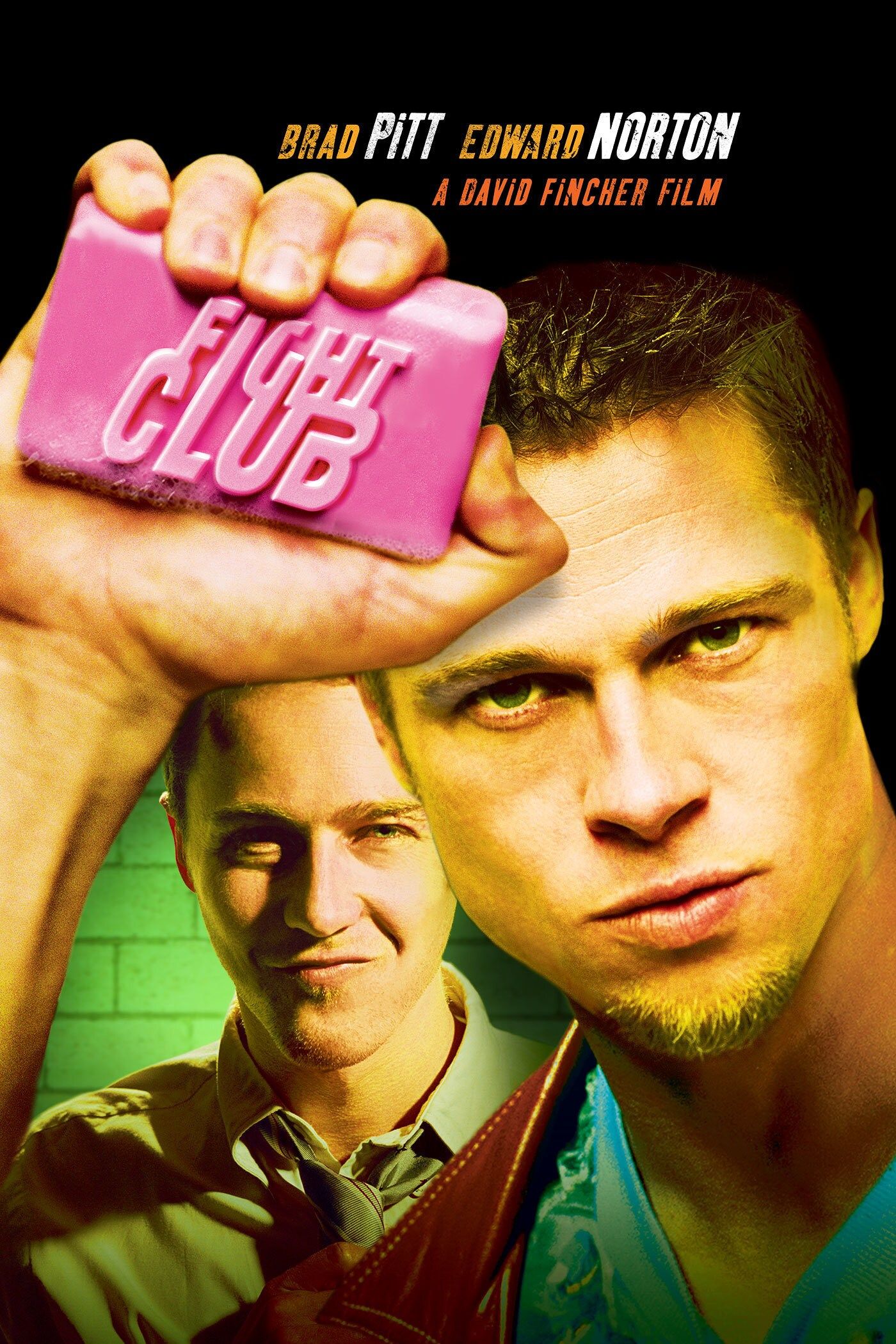
Palahniuk’s original novel did not do this.
After the Narrator shoots himself, he wakes up in a mental hospital, believing it to be heaven.
Another example of Fincher arguably taking the source material and improving it.
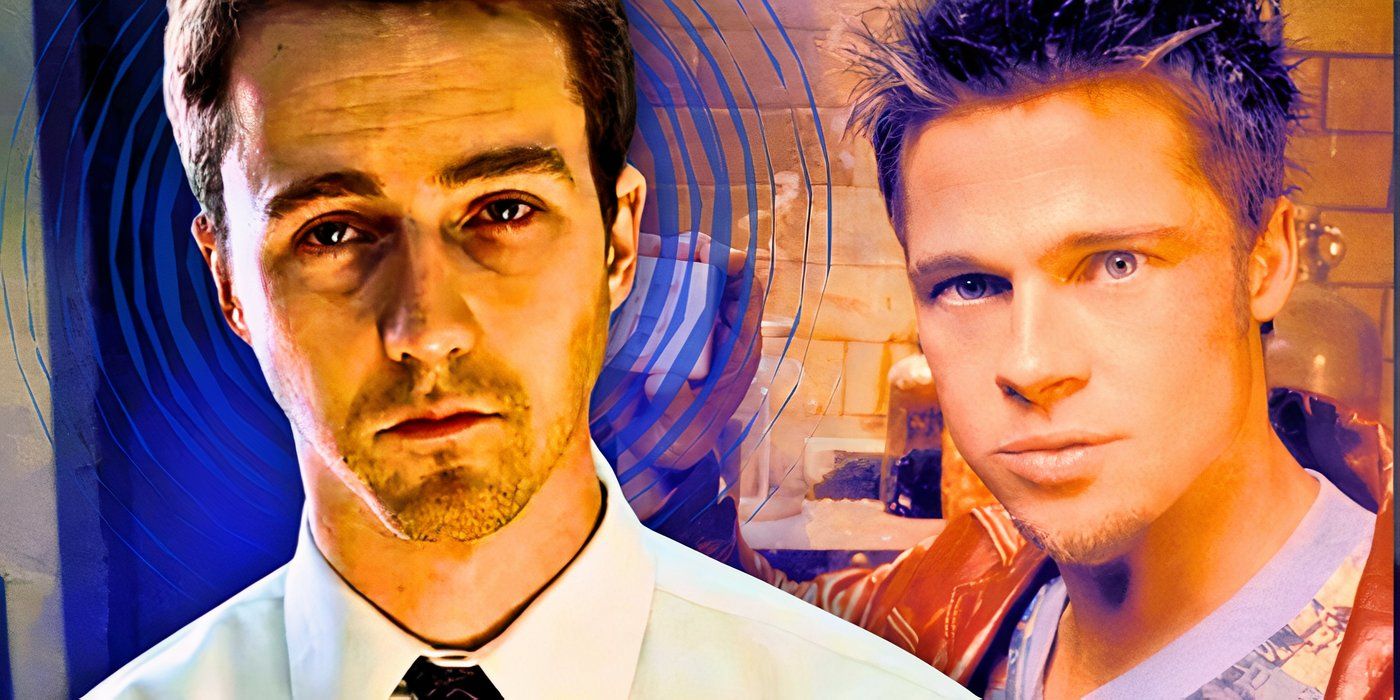
Custom image by Debanjana Chowdhury
Their return adds a layer of redemption to the story’s conclusion.
The film’s Tyler becomes a more overtly masculine ideal, reinforcing themes about masculinity in crisis.
This organic emergence of violence suggests a more instinctual response to modern male alienation.
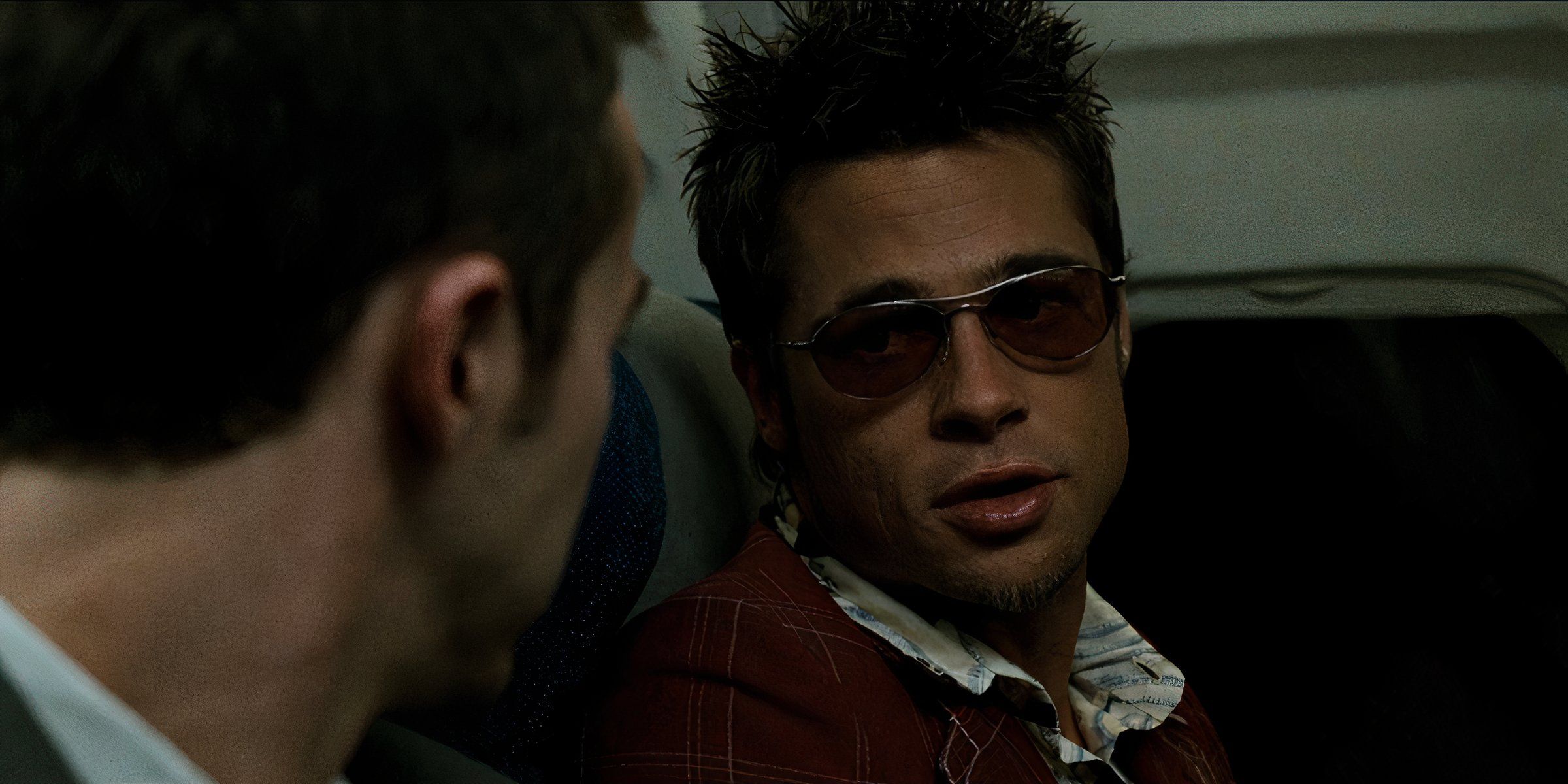
Fight Club, David Fincher’s 1999 thriller starring Brad Pitt, Edward Norton, and Helena Bonham Carter, is the cinematic adaptation of Chuck Palahniuk’s eponymous 1996 novel. In it, reckless soapmaker Tyler Durden helps the desolate Narrator find meaning in his monotonous life by creating an underground fight club where dejected men release their frustration in the form of fistfights.
“This deliberate addition transforms the moment from a spontaneous occurrence into a more purposeful challenge to societal norms.
In the book, the entire interaction exists purely in the Narrator’s imagination, never moving beyond fantasy.
Palahniuk’s novel presents Tyler’s appearances more sporadically, often tying them to specific locations and events.
